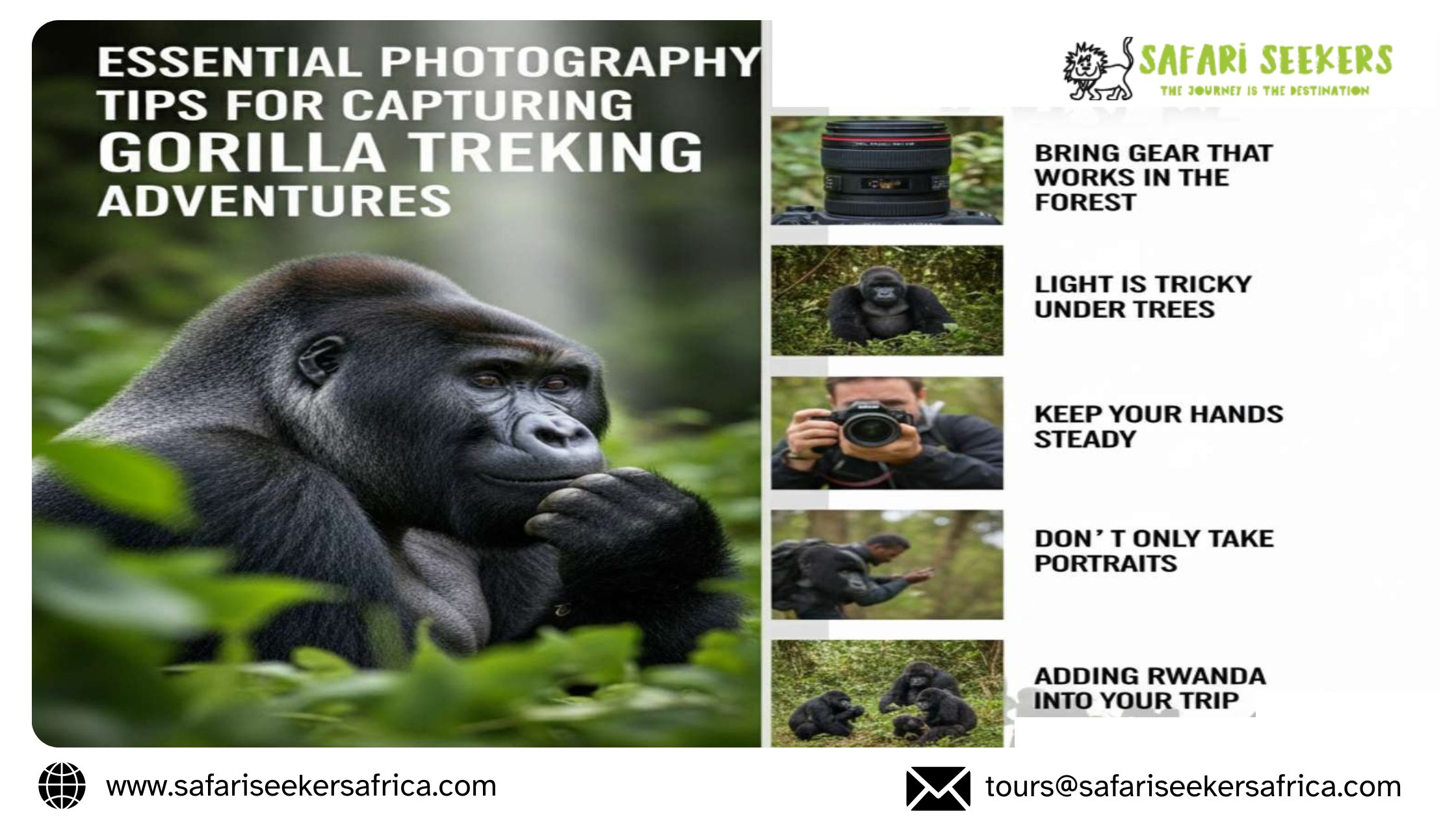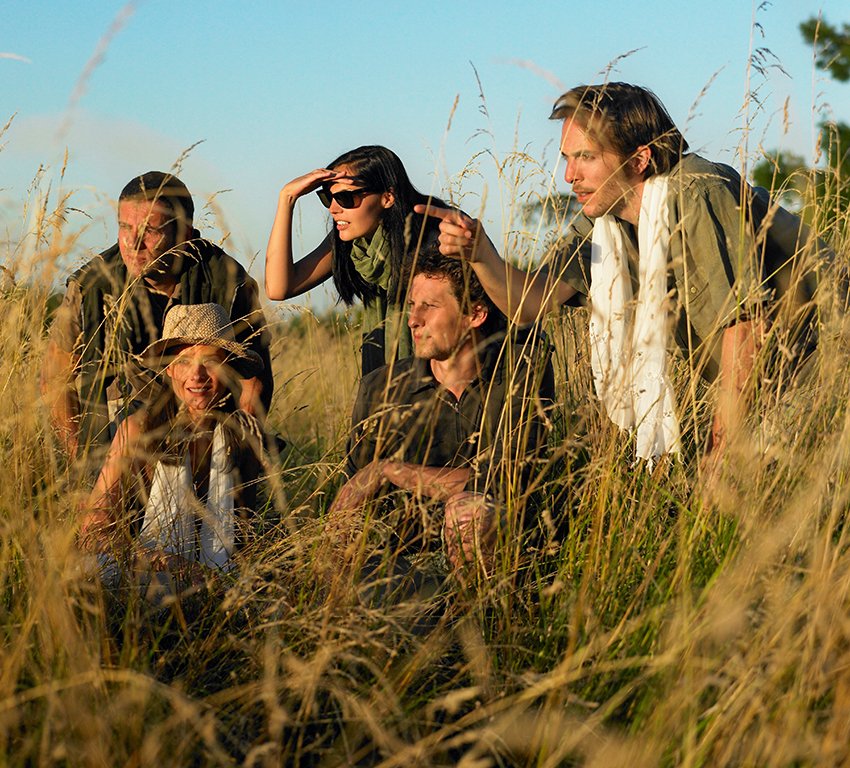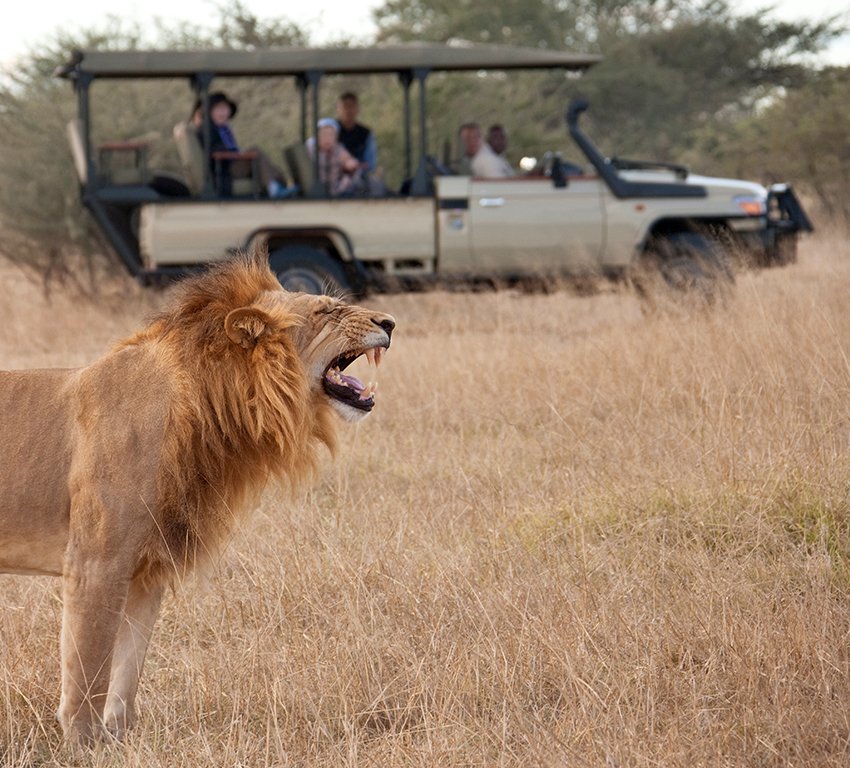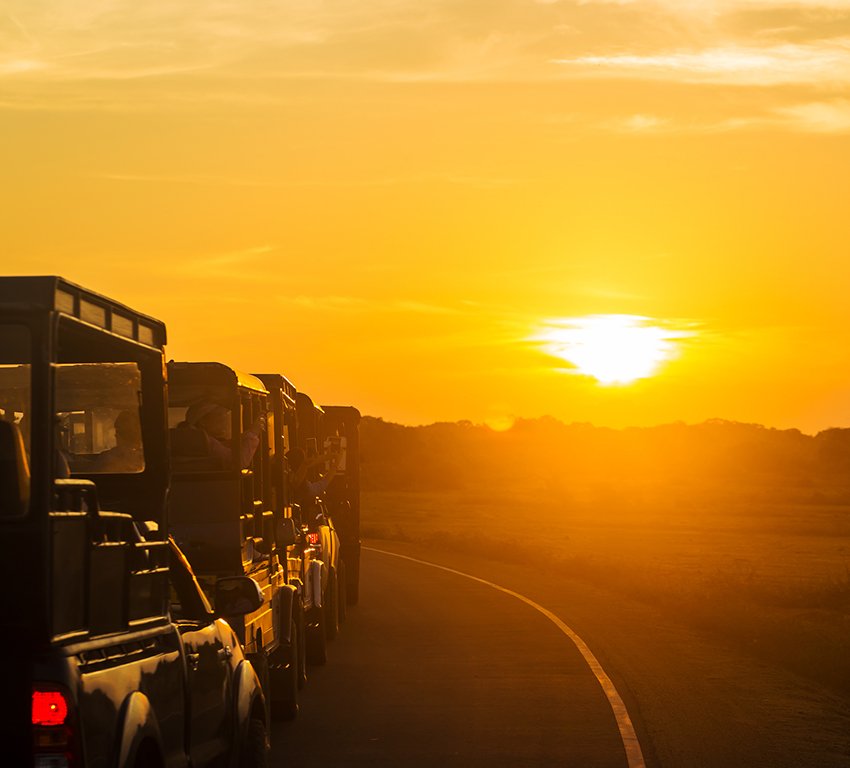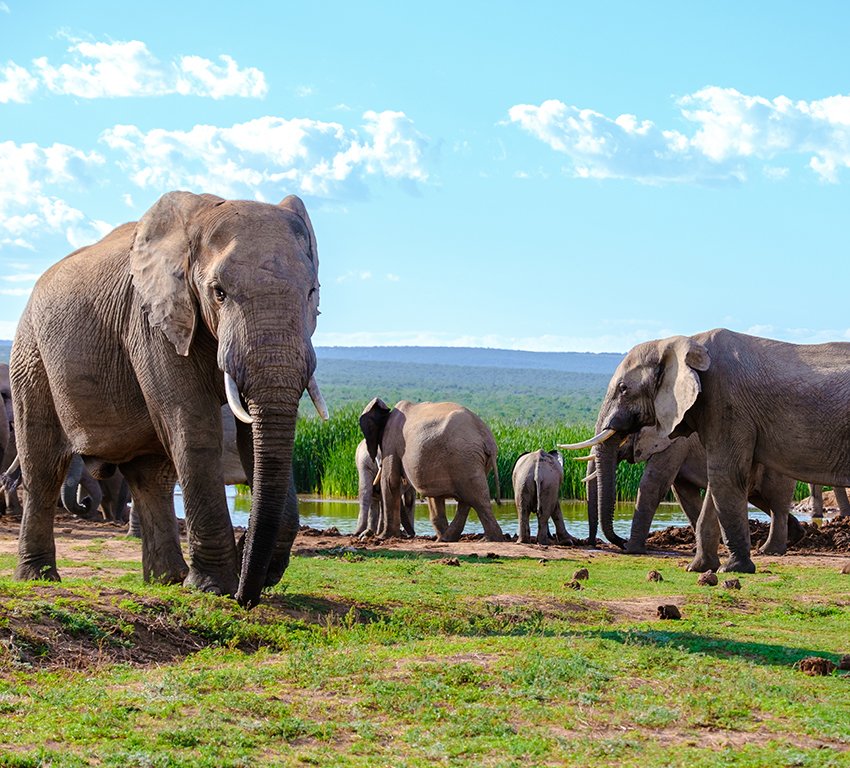Capturing the Great Migration: Photography Tips for Stunning Wildlife Shots
Few experiences compare to witnessing the Great Migration unfold across the sweeping plains of the Maasai Mara. Over two million wildebeest, zebras, and gazelles thunder across East Africa each year in search of greener pastures—a display of nature’s raw power and beauty. For photographers, this is a dream canvas. But capturing it well takes planning, skill, and the right tools.
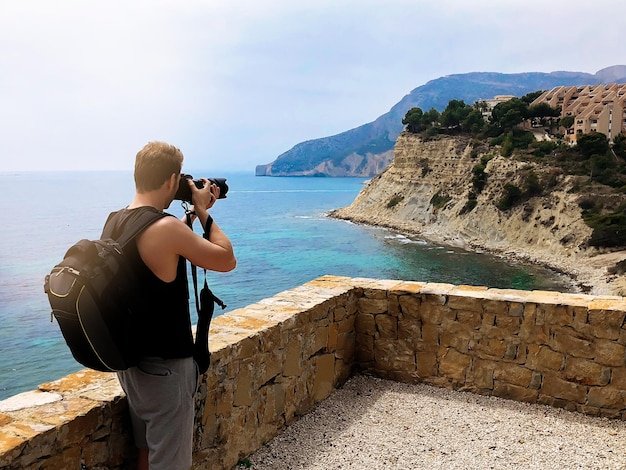
Whether you’re new to wildlife photography or a seasoned pro, Kenya photography safaris offer incredible opportunities to freeze moments that feel larger than life.
Know the Timing and Movement
The migration typically reaches Kenya’s Maasai Mara between July and October, making this the best time for photographic safaris in Kenya. However, nature doesn’t follow a strict calendar, so working with experienced guides is essential. The team at Safari Seekers Africa monitors movement patterns and knows where to position you for prime photo angles—river crossings, predator encounters, and golden light moments.
Essential Gear to Bring Along
Don’t underestimate the environment. Dust, light, and distance can challenge even the best camera setups. Here’s what you’ll want in your bag:
- DSLR or mirrorless camera with fast autofocus
- Telephoto lens (at least 100–400mm) for close-ups of wildlife
- Wide-angle lens for landscape and herd shots
- Extra batteries and memory cards—you’ll go through both quickly
- Beanbag or monopod—vehicles often lack space for full tripods
- Microfiber cloths to keep your lenses dust-free
Camera Settings for Sharp, Dynamic Images
Wildlife moves fast. To freeze the action:
- Shutter speed: Start at 1/1000s for running animals or flying birds
- Aperture: f/5.6 to f/8 keeps the subject sharp while creating a soft background
- ISO: Varies with light—don’t be afraid to raise it in low light situations
- Continuous autofocus and burst mode are essential for dynamic moments
Try practicing with birds in flight before your trip—it’s great training for moving wildlife.
Composition Tips: Tell a Story
A powerful photo captures emotion and invites the viewer into the story behind the moment. Keep these tips in mind:
- Frame the scene: Use trees, dust, or riverbanks to add depth
- Lead the eye: Position animals moving into the frame, not out
- Capture emotion: Look for eye contact, interactions between species, or dramatic chases
- Stay patient: The best shots often come after hours of waiting
Don’t just aim for close-ups. Wide shots showing the scale of the migration add drama and storytelling to your collection.
Make the Most of Guided Safaris
Choosing the right operator can make or break your experience. Safari Seekers Africa offers tailor-made Africa wildlife safaris with professional guides who understand light, movement, and positioning. Their vehicles are photo-friendly—open-sided, pop-up roofs, and strategically designed for 360° views.
You can also request dedicated African safari tours in Kenya that cater specifically to photographers, offering longer stops, optimal game drive timing, and even image review breaks back at camp.




